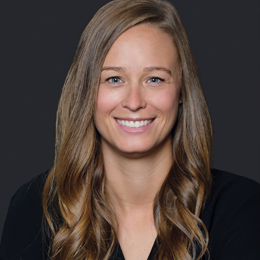When looking at the equipment prescription as an intervention for external risk factors, we first consider the support surface shape and contouring and how it will affect positioning and offloading for optimal positioning. Subsequently we consider the support surface materials and how it will impact immersion and envelopment for pressure relief and comfort. Another factor, though not always given as much consideration, is the cover materials and how this can impact the user.
The cushion and/or back support cover, the material between the user and the support surface, has many purposes but also properties which can aid in the clinical and functional use of the positioning device. Inherently a cover is used for protection of the support surface itself. This can be an important factor as elements can cause materials to breakdown and deteriorate, reducing clinical benefits. The cover is also used for hygienic and aesthetic reasons. Being able to launder the cover is an asset as many cushions or back supports themselves cannot be thoroughly washed. However, from a clinical standpoint, a cover can work with the support surface to reduce the risk of pressure injuries.
Risk for pressure injuries
Pressure injuries, also known as pressure ulcers, are concentrated damage to skin and underlying tissues. Most commonly these injuries occur over a bony prominence because of pressure, friction, sheer forces, or a combination of all three. Heat and moisture are two additional risk factors for pressure injuries. When a client is in contact with a support surface, the temperature in this area can rise. Consequently, this causes skin temperature to rise which can increase the presence of moisture due to sweating. Moisture can also be present due to incontinence, a common medical condition for wheelchair users. This warm, moist skin is more susceptible to breakdown. Identifying these risk factors allows you to select materials to negate these effects.
There are many technologies and properties built into back supports and cushions and the cover should allow utility and even enhancement of these properties for the users benefit. Here we will review options for cover materials and identify features which can be matched to the user for optimal function, prevention of pressure injuries, and comfort.
Industry fabric options
Fabrics are a manufactured material and can be constructed with a variety of properties. It is important to review the technologies that have been applied to a product you are considering determining if it will work in conjunction with the clients’ therapeutic goals.
One of the properties which can be integrated into a fabric is dimensions of stretch. A 2-way stretch fabric will stretch either widthwise or lengthwise but not stretch in both directions at the same time. This limit in movement can restrict accessibility to the benefits of the support surface itself. A 4-way stretch fabric allows simultaneous widthwise and lengthwise movement. This will allow unrestricted movement of the fabric along with the clients’ body to maximize contact with the support surface and will also allow rebound with a change in position extending the durability of the product.
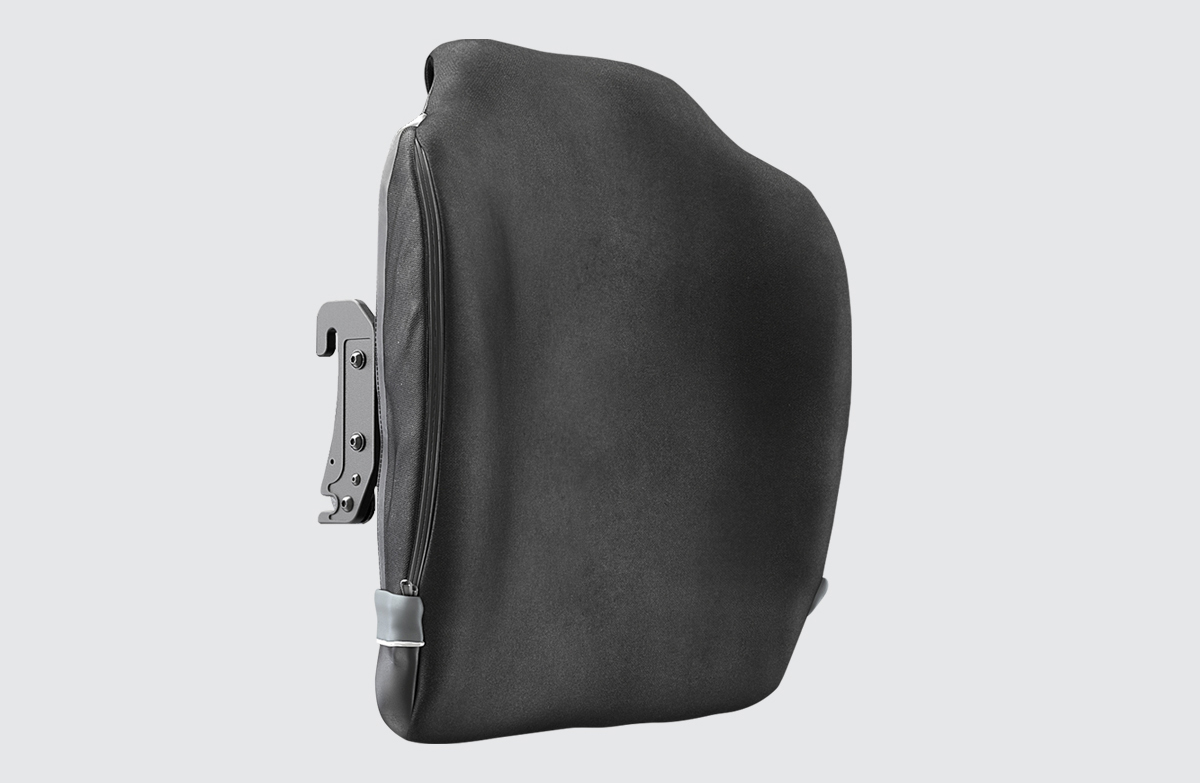
Due to the intimate use of wheelchair cushions and back supports and the significant amount of time the products are used for, antimicrobial properties which will increase protection against bacteria and other hazardous microbes are ideal; not only protecting the user but also the durability and longevity of the fabric itself. Antimicrobial properties can be added to fabrics either with a topical application or by impregnating the fabric itself. A fabric where antimicrobial properties are woven into the fibers will ensure increased effectiveness over time.
Manufactures may choose to add properties, such as those described above, to enhance a specific fabric. Understanding the basic features of a type of fabric can also help you understand how to choose based on a client’s specific need. Therefore, we will review examples of common fabrics used for wheelchair cushions and back support covers.
General use cover
A general use cover, also known as a stretch cover, will allow 4-way stretch but will not provide many more enhanced properties. For example, if fluids encounter this type over cover, they will permeate through. Therefore, it is important to ensure the cushion and/or back support is made of a material which will not be compromised and can be properly cleaned if it comes in contact with liquid. Overall, this type of cover will allow the user to immerse into the support surface while providing basic protection from daily use but is typically not recommended for those with incontinence or for those who may need more enhanced protection.
Polyurethane fabric
Polyurethane fabric is a wipeable material which is resistant to moisture absorption and typically has 4-way stretch, promoting immersion into the support surface. Polyurethane fabrics are lightweight and designed to hold their properties for maximum durability. Due to their water-resistant features, they will not negate the effects of heat and moisture for the end user.
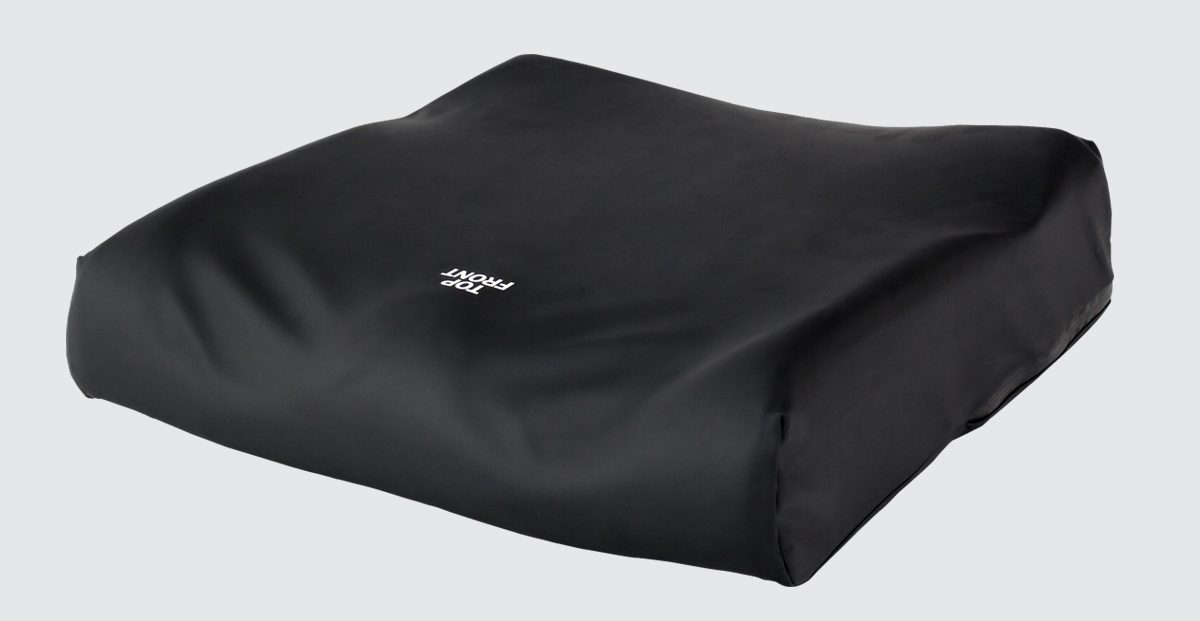 Spacer mesh
Spacer mesh
Knitted spacer mesh is a 3D manufactured fabric with an upper layer and bottom layer and a middle layer composed of flexible filaments. The middle layer links the top and bottom layers together and maintains a channel between them which creates a ventilated layer of air. This layer allows heat and moisture to escape away from the user, reducing the potential risk to the end user.
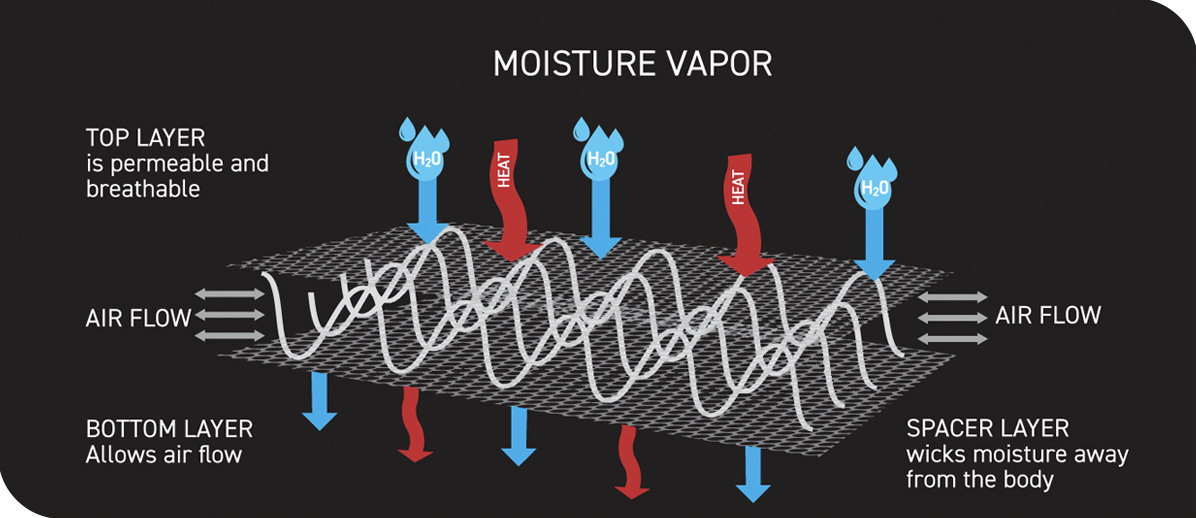
Spacer fabric is inherently light weight, has 4-way stretch and due to the nature of its structure it is effective in reducing peak pressures over boney prominences by redistributing pressure over a larger area. Inherently, 3D spacer mesh also has damping properties. This can be used independently or in conjunction with a wheelchair material with vibration damping properties to maximize the clinical effects such as decreasing fatigue, spasticity, and chronic pain for some users. Spacer mesh will retain its thickness over long periods of both static and dynamic loading and has good resilience after compression, therefore it is considered a very durable material.
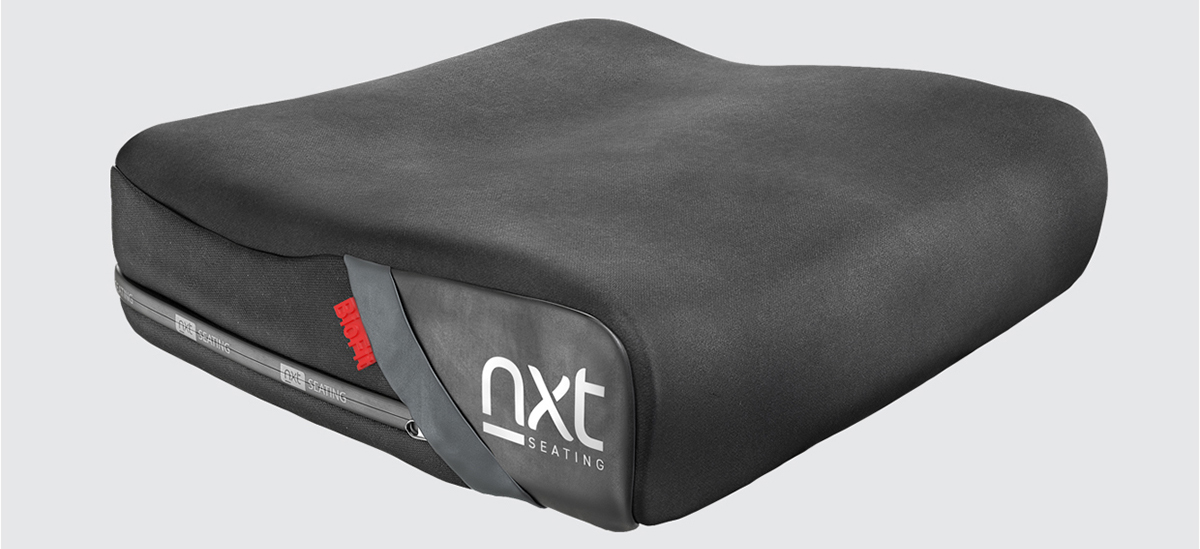
Incontinence fabrics
An incontinence cover’s main purpose is to prevent moisture from penetrating the fabric and reaching the support surface below. Therefore, its main use is to protect the cushion, not the user. Moisture build-up in the user-support surface area will remain there until significant movement occurs or when it is deliberately cleaned. If an incontinence cover is required, ideally other clinical properties of a cover including stretch and antimicrobial properties are still included to maintain dependability.
In conclusion, there are many options for fabrics and specific properties of materials which can clinically benefit an end user. Selecting an option that will promote skin and positioning health, fit with the client lifestyle and work in conjunction with the support surface and the mobility base will ensure the best overall outcomes.
References
- D. Hepburn, S. C. Anand & C. Wood(2017) Recent advances in three-dimensional pressure relieving cushions for the prevention of pressure ulcers, The Journal of The Textile Institute, 108:11, 1940-1948, DOI: 10.1080/00405000.2017.1301019
- Sprigle, S., Maurer, C., & Holowka, M. (2007). Development of Valid and Reliable Measures of Postural Stability. The Journal of Spinal Cord Medicine, 30(1), 40–49. https://doi.org/10.1080/10790268.2007.11753913
- Tzu-Wen Hsu, Shu-Yu Yang, Jung-Tai Liu, Cheng-Tang Pan & Yu-Sheng Yang (2018) The effect of cushion properties on skin temperature and humidity at the body-support interface, Assistive Technology, 30:1, 1-8, DOI: 10.1080/10400435.2016.1223208





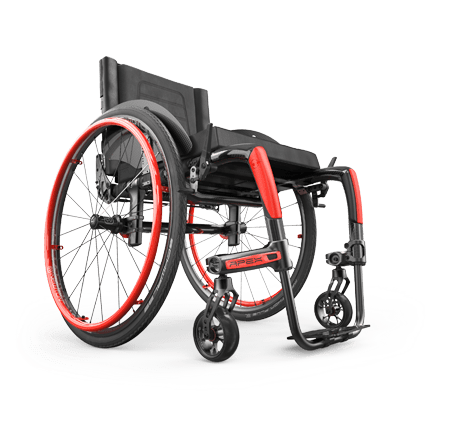
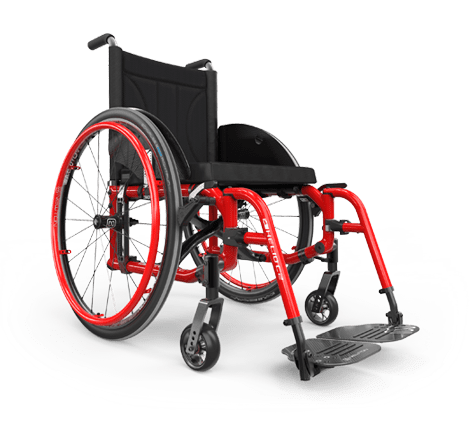
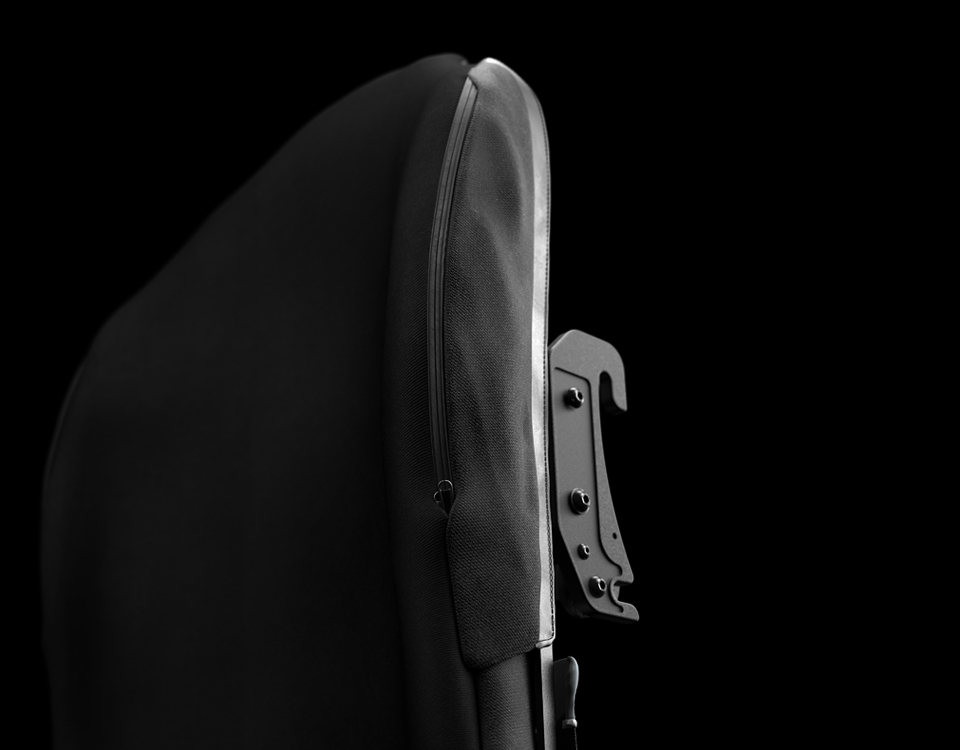

 Spacer mesh
Spacer mesh

